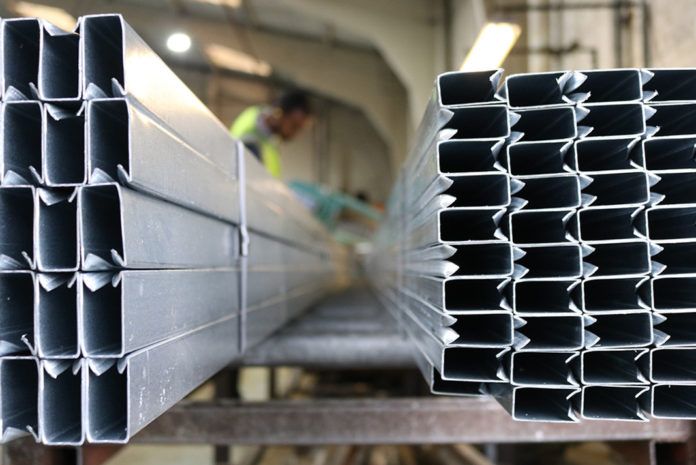
A return to work, post lockdown, comes with significant opportunities and risks for business, according to Anglo European finance director and ex-restructuring advisor at multi-national professional services giant, Ernst & Young.
David Evans, who heads up steel reinforcement specialist’s finance team, says that going into recovery, fabricators must be focussed more than ever on cash and management of working capital.
He warns that no business is too big to fail and that even the industry’s ‘biggest names’ are ‘not immune from the threat of running out of cash’. This he says makes effective scenario planning and strict control of working capital key.
“It’s not about being the one to forecast the way that this plays out with 100% accuracy or being exactly right,” he says.
“It’s about having the visibility of your finances and being able to react quickly enough and to adapt your strategy so that you preserve cash. It’s about the ‘what if?’ scenarios.”
8 steps to protect your finances during recovery
Cash conservation
Businesses should be doing everything they can to control costs and manage spending. Not only during lockdown and the start of recovery – but also beyond it, in order to rebuild cash reserves and ensure adequate working capital levels post-recovery.
Scenario planning
When and how are you going to return to business and at what scale, and running multiple scenarios: ‘worst case’, ‘medium case’ and ‘best case’. What resource do you need in place and when, against those scenarios as part of a phased return to work.
Communicate
Talk to your suppliers. Do they have capacity to supply you in the timeframes you need when you return? Delay on components could have a critical impact on your cashflow. Make sure your supply chain is aligned to your plans to come back to work.
Timing
Monitor the macro economic situation. What are your key customers doing? Maintain dialogue with them so you understand their plans, rather than being reactive to events.
Track recovery against your forecasts and react accordingly
If you forecasted a return at 40% of business are you on track, or are you running at 30% or maybe 50%? And how should you be phasing the return to work? Do you need to tweak those scenarios, staffing and inventory accordingly?
Use available support programmes
There are various financial assistance programmes in place to support business through the COVID-19 outbreak. These range from government-backed loans offered by banks to tax deferral agreements with HMRC. These can help ensure that you have adequate working capital as you return to work.
Build-up reserves
Companies are going to be coming back with very little ‘left in the tank’. This makes it critically important that they build-up reserves, reviewing ongoing costs and maximising profit margin.
Review your capital expenditure plans
You may choose to pause plans for capital expenditure in the short-term. Can you justify the capex? Do you defer, postpone or cancel because the capacity requirement isn’t there?
Or do you continue to spend? There is an argument that investing in a downturn puts you in a position to capitalise on recovery.
Chase payments
Collecting receivables is one of the most important aspects of working capital management that companies can overlook during a period of disruption. It’s something they may be losing sight of simply because they have closed the doors, or their accounts departments have been furloughed.
The best companies will continue to pursue their debtors and their receivables throughout the crisis. That cash coming in is still the lifeblood of your business.
With cost control a key priority for those businesses now coming back to work, David points out that buying reinforcement direct from source e.g. Anglo, can support fabricators in keeping control on their overheads. This includes average savings of 30-40% on steels a year.
“After a serious shock to the economy and to your business, and when you’re trying to rebuild your operations and your cash reserves, it makes sense to also lower your raw material costs. We have customers saving as much as £240,000 a year by buying direct.
“Those savings go straight to your bottom line, supporting you in your management of working capital at a time when it has never been more critical to your business and its recovery.”



